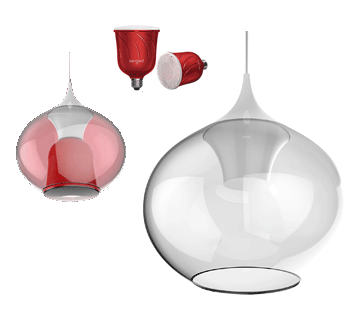It’s been around for ages – but is now totally trendy again. Bertie Nyman, whisky expert at the Scottish Romantik Hotel Glencoe House, explains this whisky comeback and tells us how to select the right one
 Bertie Nyman
Bertie NymanWhy is whisky suddenly so popular again?
In the past, a lot of distilleries in Scotland had to close because whisky simply wasn’t as popular anymore and was considered old fashioned. But producers have become more experimental and this new diversity has great appeal at the moment. There’s never been a better time to discover one’s love for whisky.
What makes a good whisky?
There’s no simple answer to this. The bottle, colour, and age don’t tell you anything about the quality. You have to sample as many as possible, and experiment. Whether a whisky tastes good to you also depends on factors like the mood or the time of year. A light, fruity whisky tastes better in the summer, while a heavy, smoky Scotch is better suited to a cold day in winter.
Where do the different aromas in whisky come from?
In Scotland, we say “the wood makes the whisky” – the wood of the cask gives the whisky its very own aroma. Toward the end of maturation, many producers fill the whisky into another cask for a few months to add more flavours in a process called finishing. A single malt that has matured in a bourbon cask with its typical vanilla aroma can take on additional fruity notes in a red wine cask. And the barley is important, too. Dried over a peat fire, it gives the whisky a smoky aroma. So, as you see, it’s a combination of various little things. Does whisky get better with time?
Whisky is usually bottled after eight years or more. For a quicker profit, some distilleries bottle their whiskies already after three or five years instead of leaving it to mature. The alcohol content decreases during the maturation process. What this means: whisky doesn’t get better with age, it gets milder.
How do I drink a whisky correctly?
I advise beginners to try their first sip of whisky neat and then to add a couple of drops of water. This can make the flavours stand out more if they are hidden by the alcohol. I would tend to not recommend whisky on ice. The cold distorts the taste and if you have large ice cubes you have no control over what’s going on in the glass.
Can whisky be paired with food?
Whisky goes very well with chocolate or cheese. With the right combination, you can even intensify the taste. Dark orange chocolate highlights the citrus aromas of a light whisky even more. Blue cheese, on the other hand, can perfectly underscore the smoky aromas of a strong whisky from the Isle of Islay.
What makes whisky so special for you?
Whisky is always about pleasure and emotions. After a hike through the highlands or when you’re celebrating with friends, whisky makes the moment special. A 16-year-old Lagavulin brings me right back to the first time I tasted it in the distillery. It was the first whisky I fell in love with.
More about the hotel: romantikhotels.com/Glencoe
Basics
Malt Whisky:
whisky that’s made exclusively from malted barley.
Grain Whisky:
made from various grains (barley, wheat, rye, corn).
Blend:
a mixture of different malt and grain whiskies.
Bourbon:
a U.S. whiskey with a high percentage of corn (51 to 79 %).
Cask Strength:
bottled undiluted from the cask right after maturation, these whiskies have a high alcohol content of up to 60 %.
Irish Whiskey:
contains malted and unmalted barley and is distilled three times.
Rye Whiskey:
has a rye content of at least 51 %, produced mostly in the U.S. and Canada.
Single Malt:
is whisky from a single distillery made from malted barley.
Single Cask:
is a single malt that has matured in one cask.
Whisky oder Whiskey:
Only those produced in Scotland are spelled without an “e”. Those from Ireland and the U.S. are spelled with an “e”. The distillation processes differ as well.







